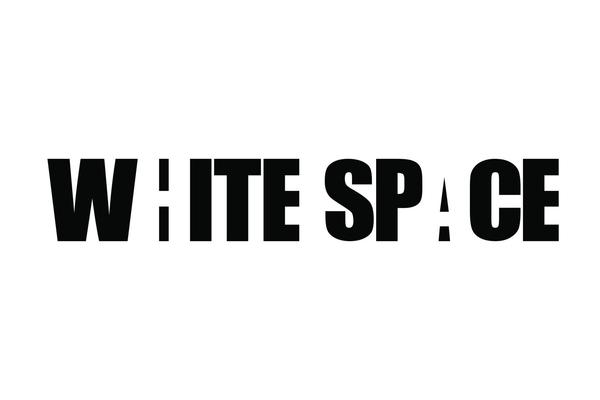What is White Space?
White space, often referred to as negative space, is the area in a design left unmarked—void of text, images, or any other elements. It’s not merely “empty” space; rather, it is a strategic design choice that contributes to readability, aesthetics, and overall user experience.
The Role of White Space:
Enhanced Readability:
White space around text prevents visual clutter, making it easier for readers to absorb information.
Ample space between lines and paragraphs improves text legibility.
Visual Hierarchy:
White space guides the viewer’s eyes, directing attention to key elements.
Creating a hierarchy through spacing helps communicate the importance of different components.
Aesthetic Appeal:
Embracing white space fosters a clean, modern, and sophisticated look.
Minimalist designs often leverage white space for a powerful visual impact.
Types of White Space:
Micro White Space:
Small spaces between letters and words that contribute to overall readability.
Essential for a harmonious typographic design.
Macro White Space:
Larger, intentional gaps between major design elements.
Shapes the overall layout and guides the viewer’s flow.
Tips for Effective Use:
Balance is Key:
Strive for a balance between white space and content. Too much can feel empty, while too little can be overwhelming.
Whitespace as an Element:
Consider white space as a design element, not just an absence of content.
Experiment with using negative space to create interesting shapes and visual patterns.
Consistency Across Platforms:
Maintain consistent white space across different pages and platforms for a cohesive user experience.
Mobile Responsiveness:
Optimize white space for varying screen sizes, ensuring a pleasant experience on both large monitors and mobile devices.
Examples of Effective White Space:
Apple:
Apple’s product designs are renowned for their elegant use of white space, creating a sense of simplicity and sophistication.
Google:
Google’s homepage exemplifies effective white space, directing the user’s focus to the search bar and maintaining a clutter-free interface.
Conclusion:
In the symphony of graphic design, white space is the conductor, orchestrating the viewer’s journey through a composition. Embrace it as a vital component of your creative toolkit, and watch as your designs come to life with clarity, elegance, and purpose. By understanding and harnessing the power of white space, you elevate your designs from mere visuals to compelling, user-centric experiences.
